- Home
-
Nepal
-
Trekking
- Dhampus trek
- Jomsom Muktinath Trek
- Annapurna Base Camp Trekking (Sanctuary)
- Annapurna Circuit(Round) Trekking
- Mardi Himal Trekking
- Ghorepani Cleaning Trek
- Annapurna Panorama Trek
- Annapurna Culture Trek
- Everest Base Camp Trek
- Everest Panorama Trek
- Khopra Trek
- Mohare Danda Trek
- Ganesh Himal Trekking
- Ganesh Himal Medical Trek
- Langtang Valley Trek
- Langtang Gosainkund Trek
- Ganja La Pass Trekking
- Ruby Valley Pangsang Pass Trek
- Langtang Gosainkund Helambu Trek
- Tamang Heritage Trek
- Panch Pokhari Trek
- Upper Mustang Trek
- Everest High Pass Trek
- Gokyo Valley Trek
- Gokyo Chola Pass Trek
- Salleri to Everest Base Camp Trekking
- Pikey Peak Trek
- Tsum Valley Trek
- Manaslu Circuit Trek
- Lower Dolpo Trek
- Makalu Base Camp Trek
- Ghorepani Poon Hill Trek
- Helambu Trek
- Jyamrung Trek
- Chepang Indigenous Trek
- Dhampus Sarangkot Trek
- Ghandruk Trek
- Surya Chaur Chisapani Trekking
- Yoga Soft Trek
- Indigenous Trek
- Nepal Social Treks
- Yoga Shamanism Trek
- Chisapani Nagarkot Dhulikhel Trek
- Kathmandu Valley Trek
- Khaptad National Park
- Jiri to EBC Trek
- Nomad Community Trek
- Annapurna Luxury Trek
- Tilman Pass Trek
- Helambu – Ama Yangri Trek
- Peak Climbing
- Chulu West Peak Climbing
- Chulu Far East Climbing
- Island peak via Gokyo-Chola-EBC
- Island Peak Direct Route
- Lobuche Peak Climbing
- Mera and Island Peak via Apulapcha Pass and EBC
- Mera Peak Direct Route
- Mera Peak Climbing
- Naya Kangi Peak Climbing
- Paldor Peak Climbing
- Pisang Peak Climbing
- Tent Peak Climbing
- Yala Peak Climbing
- Pachermo Peak via Tsho Rolpa Lake
- Lobuche Peak via Gokyo Chola Pass EBC
- Rafting and Kayaking
- Wildlife Safari
- Adventurous Trip
- Mountain Biking
- Hiking
- Tours
- Day Tours
- Expedition
- Ganesh Himal-I Expedition
- Ganesh Himal -IV Expedition
- Makalu Expedition
- Annapurna Expedition
- Ganesh Himal -V Expedition
- Dhaulagiri Expedition
- Ama Dablam Expedition
- Cho Oyu Expedition
- Everest Expedition from Tibet Side
- Everest Expedition
- Kanchenjunga Expedition
- Lhotse Expedition
- Manaslu Expedition
- Pumori Expedition
- Annapurna I Climbing
- Ganesh Himal Climbing
- Himlung Himal Climbing
- Tibet
- Tours
-
Bhutan
-
Tours
- Trekking & Hiking
- India
-
Tours
- Trekking and Hiking
- Multi Country
-
Nepal Tibet Bhutan Trekking
- Nepal Bhutan Tour
- Nepal Bhutan Trek
Winter Season Trekking in Nepal
- Home
- Winter Season Trekking in Nepal
;Winter Season Trekking in Nepal
Nepal is famous worldwide for its variety of landscapes and the great Himalayas that attract adventurers from across the globe. Autumn and Spring are the two best seasons preferred by most people to trek in Nepal. However, winter is also considered fine to trek to certain destinations with less altitude because some trekking trails in Nepal are suitable for trekking at any time of the year. But in the winter season, we will not be looking for very high-altitude trekking because of heavy snow.
Nepal’s landscape turns into an amazing canvas of peaks covered in white snow and calm trails in the winter season. Trekking during this season will offer you an adventure where the beauty of nature combines with the peace trekking trial. Winter is often overlooked by many trekkers, but it reveals a different and better side of this region. Some trekking trails become more vibrant like a piece of art during the winter season. The snow-capped mountains and peaceful trails add a lot more to the trekking experience. Winter trekking in Nepal will offer you a unique and magical experience.
Here you will learn about the charm of winter season trekking in Nepal, advantages, routes, preparation, safety measures,overall experience, and the importance of responsible trekking.
Advantages of Winter Trekking
1. Less Crowded Trails
During winter, the trails are significantly less crowded, providing a sense of seclusion and tranquility. Trekkers can relish the beauty of nature without the usual bustling crowds. The obstruction-free panoramic views are a sight to consider, which ultimately makes the trek a lifelong memory.
2. Weather
The weather won’t be as bright and crystal clear as in the spring and autumn seasons. But it will have clear skies during the daytime, offering breathtaking views of the majestic mountains turning white snow to yellow with the touch of sunlight.
Best Winter Trekking Routes
Here are some of the best winter treks in Nepal:
• Everest Panorama Trek (Max Altitude: 3860 m)
Everest panorama trekking provides an excellent view of the Himalayan panorama; settlements in the high altitudes; a window to scrutinize the spiritual opulence of the Sherpa culture; and their colorful festivals. The trail falls on the Sagarmatha National Park – a UNESCO World Natural Heritage site – which is wooded with pine and rhododendron trees and brimming with wild species of flora and fauna.
• Ghandruk Trek ( Annapurna) (Max Altitude: 1940 m)
‘Ghandruk Trek’ takes you to the foothills of Annapurna where some of the best trekking trails of Nepal lie. You will enjoy the pristine nature, and magical view of the Himalayan peaks including Annapurna, Machchapuchre, Gangapurna, Hiuchuli, and others. And also, the culture of Gurung, Magar, and other ethnic communities and rural lifestyles also enhance your trek experiences.
• Mohare Danda Trek( Annapurna) (Max Altitude: 3300 m)
Mohare Danda Trek is a new trek route in the Annapurna Region that aims to help promote ecotourism and support the local economy. This aims to enhance the lifestyle of the villagers as well through tourist activities. This is the perfect trekking trip in the region to explore both culture and nature within a short period of time. It is also known as the Eco Lodge community-based trek.
• Ghorepani Poonhill Trek( Annapurna ) (Max Altitude: 3210 m)
Ghorepani, the name of the trek, is a buzzing small modern town that lies at the base of a famous viewpoint – Poonhill. This hilltop offers a breathtaking sunrise view over the mighty Himalayan peaks of the Annapurna massif and Dhaulagiri range. It combines the pristine natural scenery, walks in the deep forest of Rhododendron flowers, and the beautiful village life in action.
• Helambu Trek ( Langtnag) (Max Altitude: 3650 m)
The Helambu trek is one of the most beautiful short treks in Nepal. This trek lies in the Helambu region – the home to the Hyolmo people from which the term Helambu derives. This trek provides spectacular views of the Himalayan peaks, distinct lifestyles of Hyolmo culture, artistic Buddhist monasteries, and important Buddhist pilgrimage sites.
• Tamang Heritage Trek( langtang) (Max Altitude: 3165 m)
Tamang Heritage Trekking is a newly launched community-based trekking program in the Langtang Region of Nepal Himalayas. It is one of the most beautiful trekking trails that is culturally rich – populated by Tamang people who follow Tibetan traditions closely and one of the major ethnic communities of Nepal.
• Chisapani Nagarkot Dhulikhel Trek( around kathmandu) (Max Altitude: 2200 m)
Chisapani Nagarkot Dhulikhel Trekking is one of the nearest and most famous treks around the Kathmandu Valley. This trek is intended to provide you with a once-in-a-lifetime opportunity to experience the diverse wonders of nature, and rural Nepal. Chisapani Nagarkot Dhulikhel trek is an easy trek appropriate for all ages and is possible in all seasons throughout the year.
• Chepang Indigenous Trek (Max Altitude: 3500 m)
Chepang Indigenous Trek is an easy trekking route that takes you to the top of Chepang Hill. You will have an opportunity to explore the local Chepang culture during this trek. You will also have the experience of their traditional songs and dances, including some conversation with them during which our guide will help you with translation.
• Dhampus Sarangkot Trek( Annapurna) (Max Altitude: 1750 m)
Dhampus Sarangkot Trek is a short trek on the rim of Pokhara – easy and splendid. The trek starts from Pokhara with a short drive to Phedi and then to Dhampus village will be the final destination. In this trek, you meet people of diverse cultural groups and ethnic people mainly Gurungs, Magars, and Brahmin/Chhetri, and many beautiful, terraced farms and farmers working in the field.
• Surya Chaur Chisapani Trek (Max Altitude: 2100 m)
In Surya Chaur Chisapani Trek; Surya Chaur is a newly explored short trekking destination and Chisapani is a well-known short trekking route, and both combined create an amazing trekking route. It is not very far from Kathmandu city, but you can experience the countryside culture, tradition, and local inhabitants. You will be walking through the dense jungle and the trail including some gradual ascends and descents and have a beautiful bird’s eye view of the dense Kathmandu valley.
• Jyamrung Trek (Max Altitude: 2800 m)
If you have a question in mind “What it would be to live like a Nepali in a remote village?” join us for this Jyamrung Trek. During this trek, you will stay in a local house – helping local people with their everyday chores. This could be working in the fields; cooking for the family; looking after the animals; helping in the local school; enjoying and participating in a nightly musical concert and so on. Whatever your host is doing you will also have the opportunity to participate.
Preparation for Winter Trekking
Gear Checklist
This list outlines the required things to bring during the trekking tours. There are various selections and brands that you can choose as per your interest. All required trekking types of equipment can be bought or even hired easily at a reasonable price in Kathmandu. The quantity of your gear/equipment for shorter treks can be less, and you may wish to travel light. We can provide one if you need it, but it is to be returned after the trek.
Medicines and First Aid Kits
It is compulsory for our guide from the company to carry the medicines and first aid kit bag during the trek. However, we still recommend you bring your personal first aid kit as well.
Physical Conditioning
These treks are considered short and easy treks in Nepal and even beginners can attempt this trek. While the cold weather and snow can make some treks a little more challenging than others, it should be fine if you are active and physically fit.
Here are some tips for winter trekking in Nepal:
• Proper Gear: Ensure you have the right clothing and equipment to stay warm. Layers are essential to regulate your body temperature.
• Local Knowledge: It's advisable to hire a local guide who knows the trails and can navigate the winter conditions.
• Permits: Check the permit requirements for the trek you plan to undertake. And we will be helping you to get all the required permits.
• Safety First: Be careful of snowslides and unstable snow. Always prioritize safety over quickly reaching your destination.
• Accommodation: Many teahouses and lodges remain open in popular trekking regions during the winter season as well, but we will call ahead to confirm availability.
• Altitude Sickness: You should pay attention to altitude sickness symptoms. This risk remains even in the winter, and you should acclimatize properly.
Winter trekking in Nepal will offer you a peaceful and picturesque adventure The wilderness and the chance to witness these Himalayas under a sheet of snow is an experience that can be truly unforgettable and creates lifetime memories.
Categories
Recent Posts
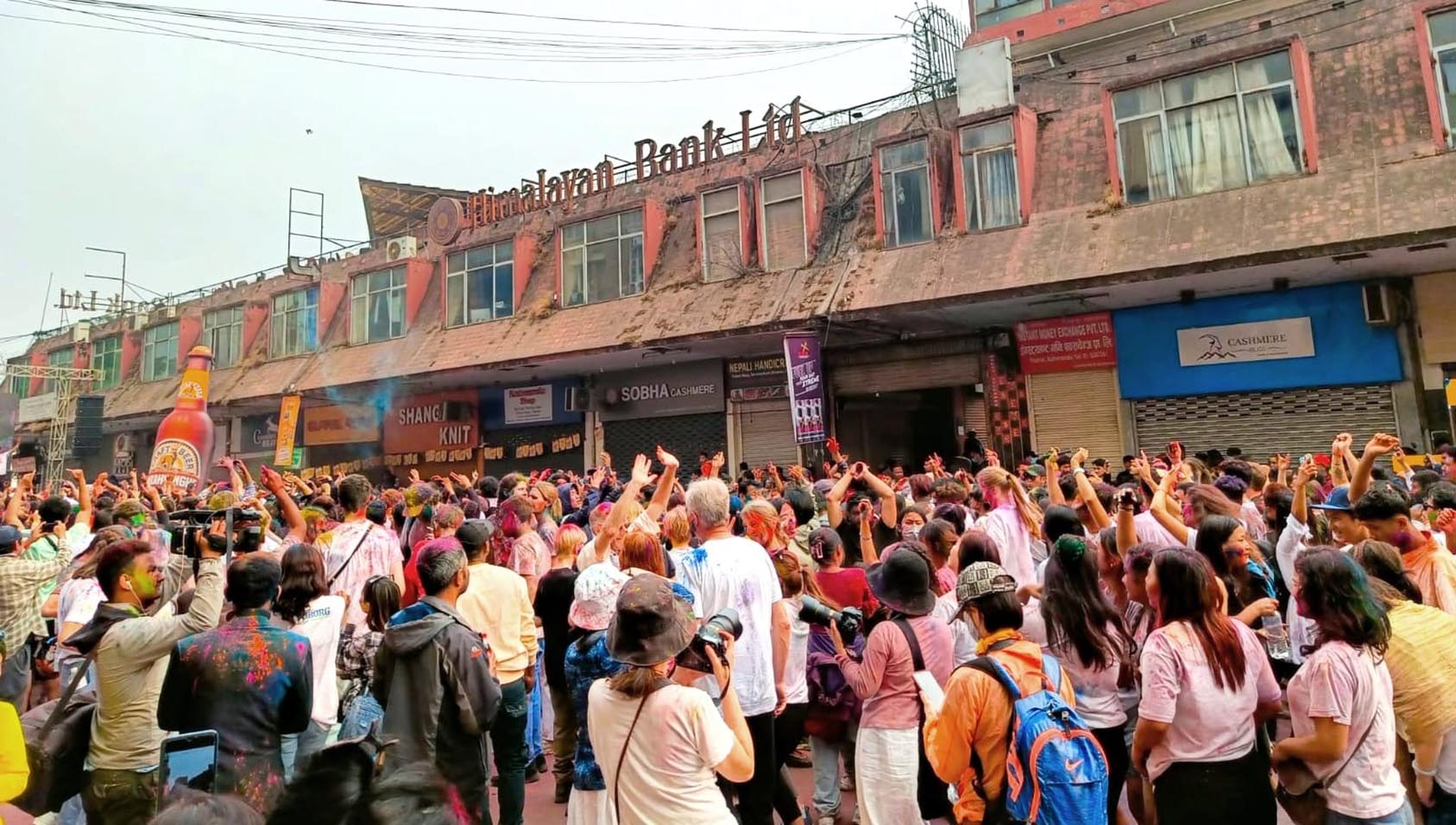
Celebrating Holi: The Vibrant Festival of Colors
24-03-2024
E-Visa in Nepal
11-02-2024
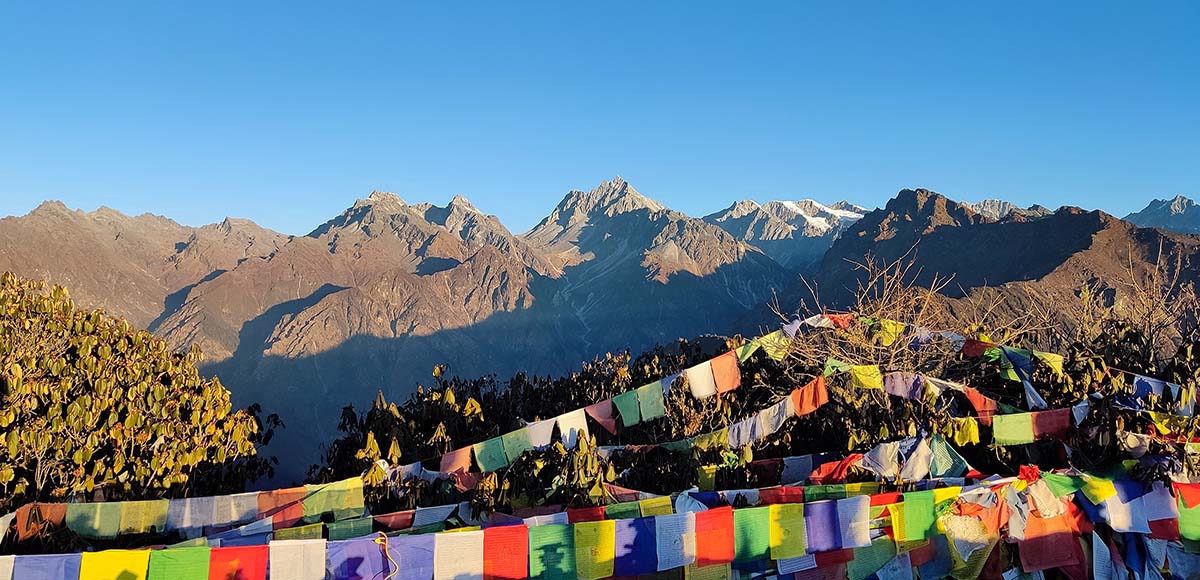
Helambu – Ama Yangri Trek!
12-01-2024
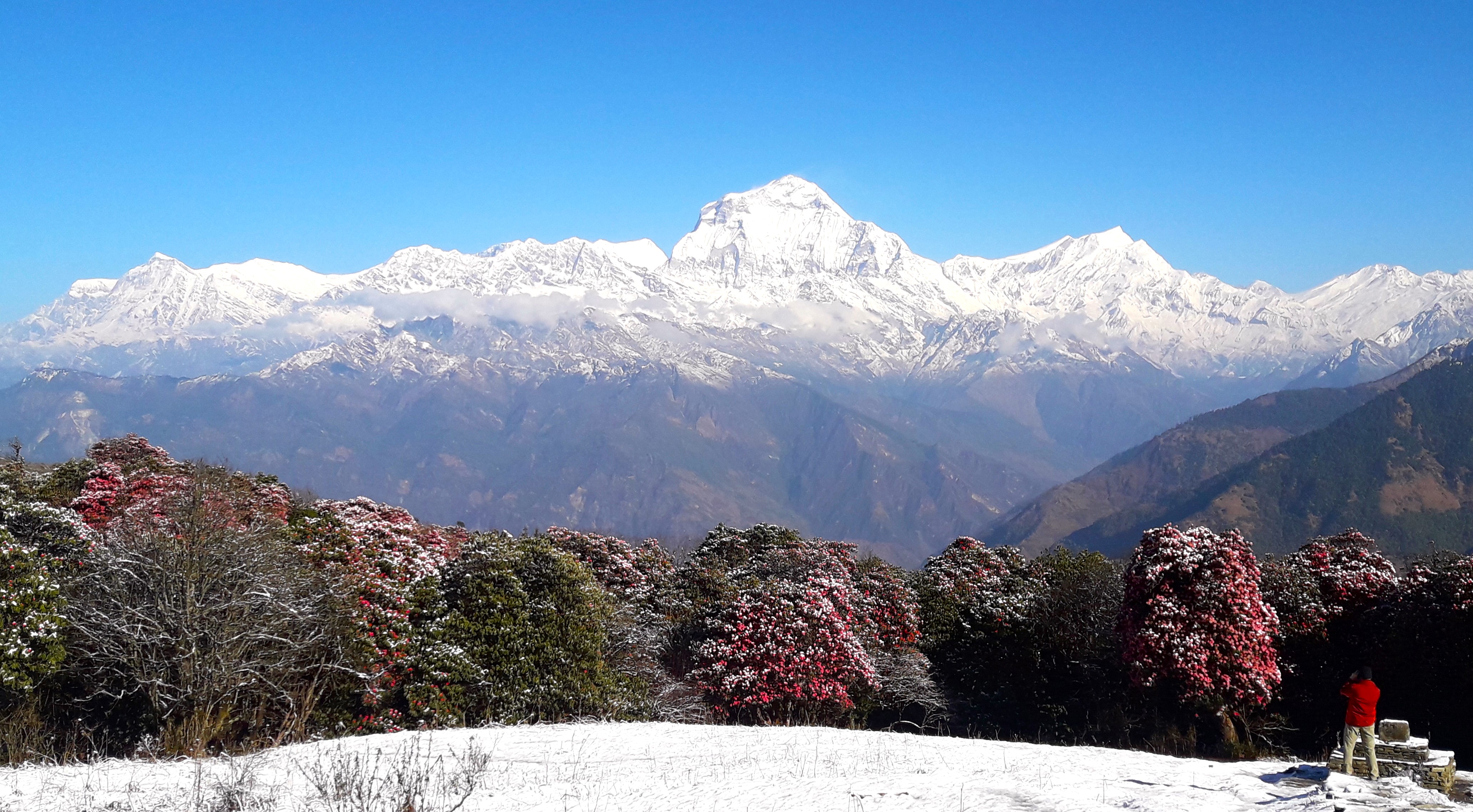
Ghorepani Poonhill: A Perfect Trek for Winter Season
08-12-2023
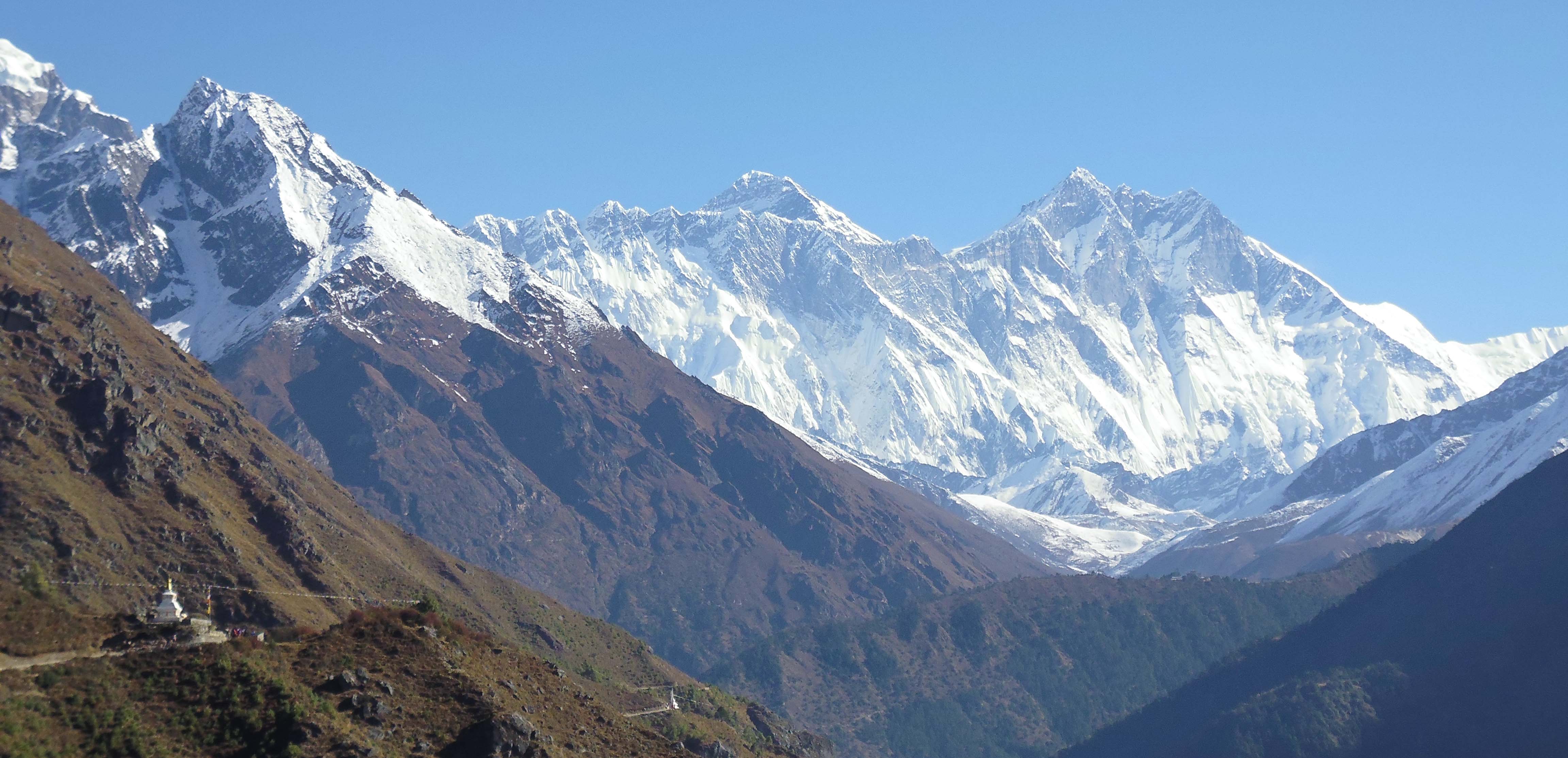
Winter Season Trekking in Nepal
06-11-2023
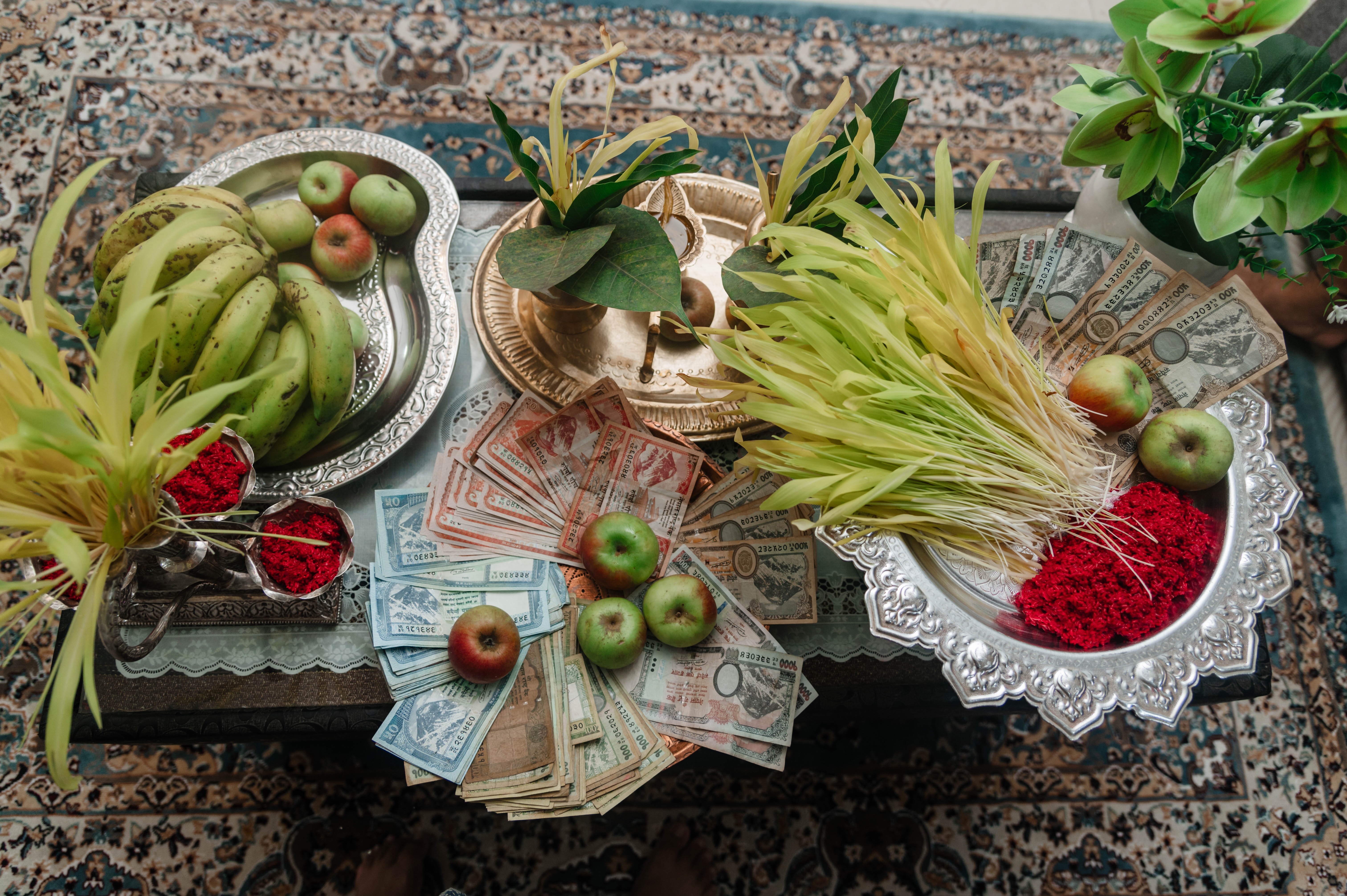
Dashain Festival in Nepal: A Celebration of Tradition and Unity
23-10-2023
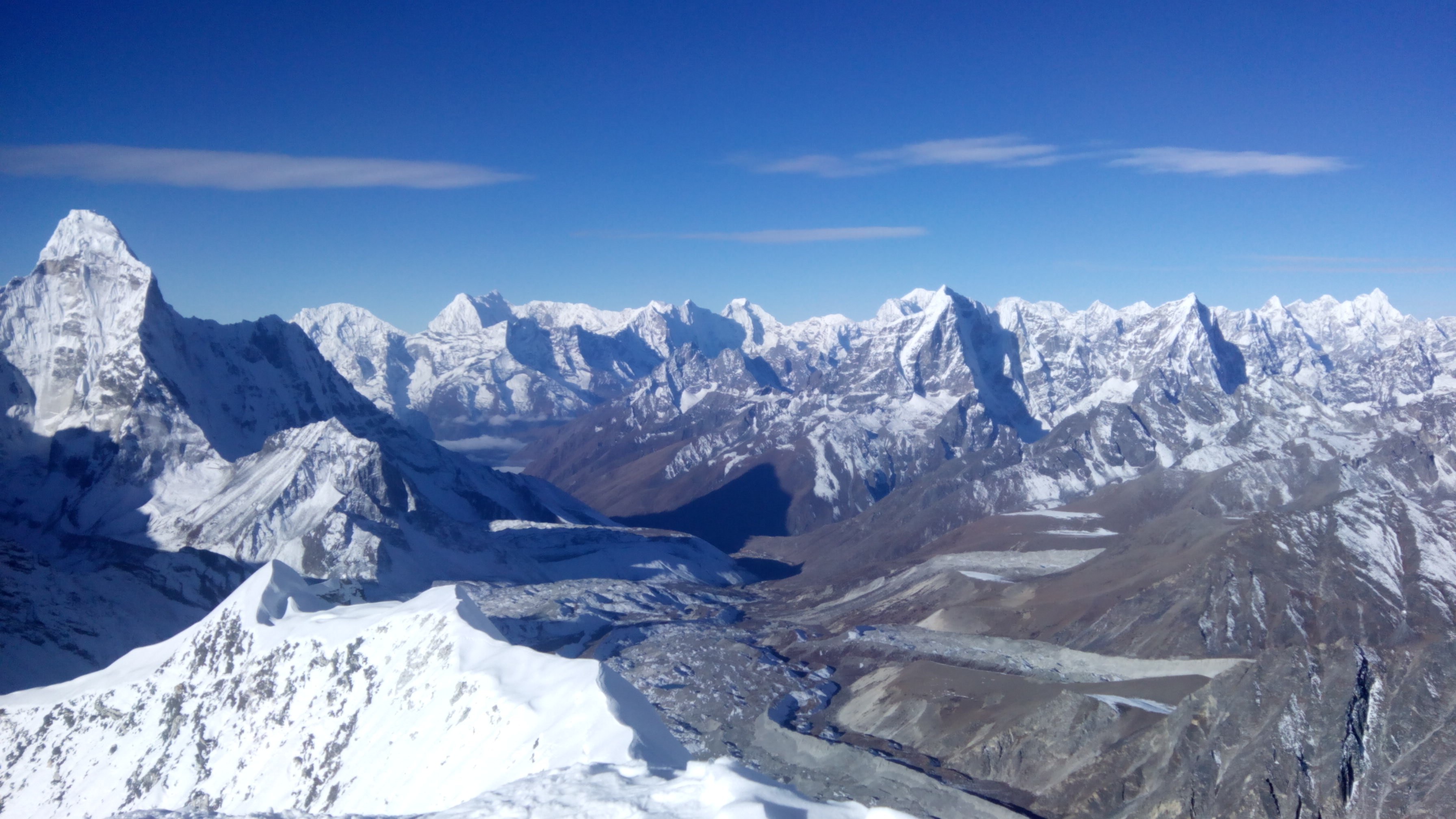
Island Peak : The journey full of adventures to the Himalayas of Nepal.
21-09-2023
Are you looking forward to extend your travel business in nepal?
Partner With UsTOP
- Nepal Bhutan Tour
-
Tours
-
Trekking

